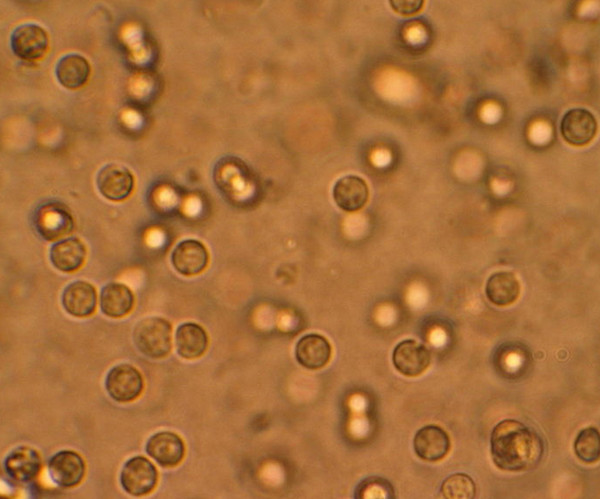Pyuria is a condition in which the urine contains pus thereby indicating the presence of infection. Usually, there is around 6-10 neutrophil count upon microscopic examination of the urine. Pyuria is usually a clinical manifestation of an underlying medical condition. White blood cells would also be elevated in pyuria and is usually a clinical sign of bacterial urinary tract infection.
How is Pyuria Identified?
- Pyuria is usually identified through urinalysis. A urine sample will be collected through the midstream clean catch technique in a sterile container or collecting device. Urine collection by midstream clean catch technique is done by discarding the first steady of stream of urine. Collection of the sample would start in the middle of the urination process and would usually require not less than 10 cc of urine sample.Laboratory technicians would then test the urine sample for any unusual observations. Samples of urine with increased values for white blood cells would usually appear to be cloudy or milky.
- In addition, urine culture may also be indicated to further identify the causative agent for the infection so that appropriate antibiotics may be used.
- Intravenous pyelogram or ultrasound imaging may be used to identify kidney abnormalities and infection.

White blood cells (WBCs) seen under a microscope examination (sample taken from urine)
Causes of Pyuria
Urinary Tract Infection (UTI) is the primary cause of pyuria. The urinary bladder, kidneys and other parts of the urinary tract can be affected by the UTI. An increased level of white blood cell is also an indication that the body is trying to fight off the infection.
There are also other medical conditions that cause pyuria. The most common of which are:
- Urethritis, Cystitis, Pyelonephritis, Renal abscess
- Tuberculosis
- Sexually transmitted diseases like chlamydia, trichomoniasis, gonococcal urethritis, etc.
- Carcinoma in situ
- Pelvic abscess
Idiopathic pyuria is also possible. This means that the cause of pyuria is unknown after ruling out all possible reasons.
Signs and Symptoms associated with Pyuria
- Pyuria does not have any signs or symptoms other than the urinalysis result which would indicate increased neutrophils and leukocytes. However, an individual may seek medical attention once cloudy urine, foul odor urine, frequent urgency and painful urination are noted.
- Symptoms experienced by patients may be a clinical indication of an underlying medical condition.
- Fever may also be experienced.
- Tenderness and kidney enlargement may be noted for those with kidney infection or pyelonephritis.
Who is at Risk for Pyuria?
Pyuria can affect people of all ages but certain conditions place them at a greater risk for the condition.
- Chronically incontinent individuals with indwelling catheters are at an increased risk.
- Women have a 50 percent increased risk for pyuria.
- There is also anincreased risk for both and women who are 50 years old and above.
Treatment for Pyuria
As pyuria is usually a clinical manifestation more than a medical condition, treatment would depend on the underlying cause of pyuria. The medical history and physical examination would assist the doctor on how to determine the appropriate treatment for the condition. It is also best advised to have the doctor discuss all possible treatment options appropriate for the medical case.
- The most common antibiotics used are norfloxacin, ampicillin, minocycline, levofloxacin, ciprofloxacin and amoxicillin.
- Asymptomatic pyuria would not require any form of treatment and would resolve on its own but recurrence is a possibility.
- Pyuria cases which do not resolve after a course of antibiotic therapy would require further investigation and evaluation for the underlying cause.
Complications of Pyuria
Possible complications would depend on the primary cause of the pyuria. For kidney infection, sepsis and irreversible kidney damage are the most common complications.
Prognosis
Likewise, prognosis for pyuria would be dependent on the underlying cause of the medical conditions. For instance, since asymptomatic pyuria resolves on its own, it therefore has a good prognosis even without treatments undertaken. Meanwhile, pyuria caused by sexually transmitted diseases would require strict patient compliance regarding treatment therapy to ensure a good outcome and prognosis for the patient. Pyuria related to Kawasaki disease is more serious. [5]
Although some cases of pyuria would resolve on its own, it is still best left to be treated by a physician as chances are pyuria is usually indicative of an existing medical condition that would need further evaluation and treatment. Pyuria is more of a symptom than a condition. Still, it needs to be addressed properly for early identification and treatment.
References:
- http://en.wikipedia.org/wiki/Pyuria
- http://womenshealth.about.com/od/womenshealthglossary/g/What-Is-Pyuria.htm
- http://www.rightdiagnosis.com/symptoms/pyuria/common.htm
- http://www.patient.co.uk/doctor/Sterile-Pyuria.htm
- http://www.ncbi.nlm.nih.gov/pubmed/19319019

